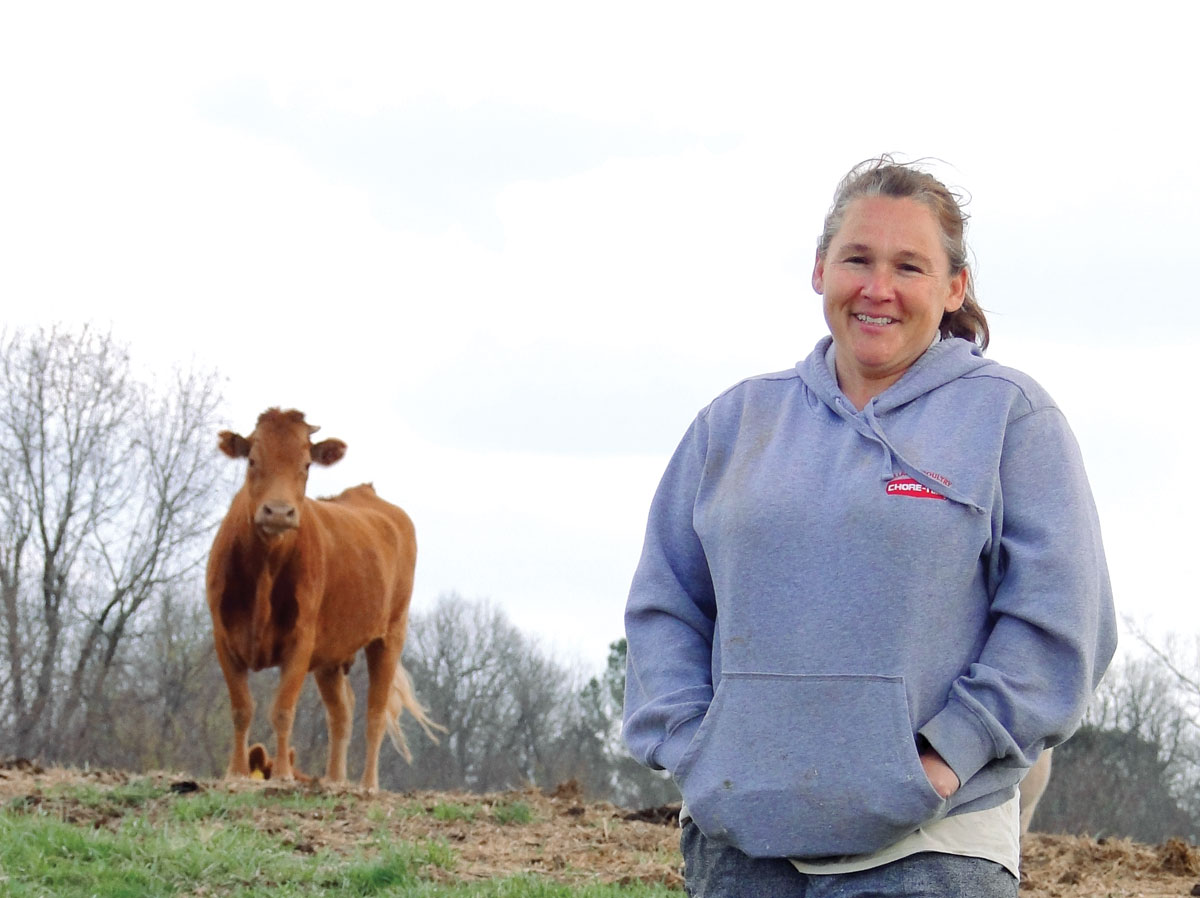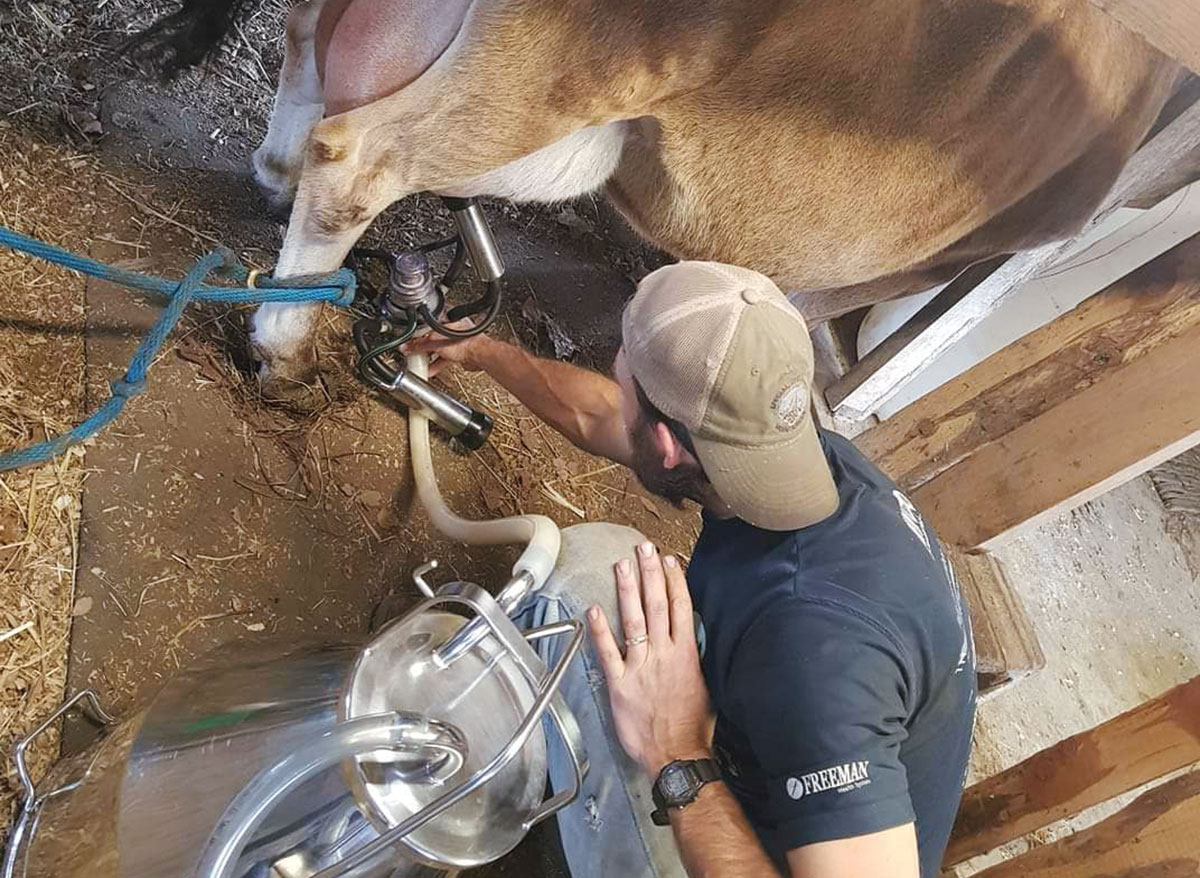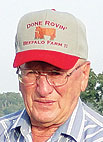
Neither Patrick or Heather Graves had any experience with livestock when they began their operation
Patrick and Heather Graves of Clifty, Ark., are not your typical farming couple.
Patrick’s father, Bill, was a pharmacist while his mother, Linda, taught school to migrants. Heather’s father, John, worked in construction and her mother, Belinda, worked in an office, though her grandparents, Berton and Mary, had yard chickens and some cows, but Heather’s exposure to farm life was limited.
Nonetheless, the couple wanted to farm, so Patrick started at a sale barn and working for farmers to begin learning about agriculture.
Now Heather can’t imagine doing anything else. Patrick is deeply appreciative of his father’s support and financial aid in helping him follow a dream far outside of his father’s own areas of interest. He also appreciates advice he got from Greg Luebbering, who explained that if something needs to happen, it needs to happen now rather than later after other personal activities.
Patrick and Heather have 750 acres, which is home to eight broiler houses for Tyson in addition to 160 Angus-influenced mommas in a cow/calf operation.
Like so many farmers, they use the logical combination of cattle and chickens in order to save on fertilizer costs by using chicken litter.
The couple built two new chicken houses, which equaled the space of four, 40-year-old houses. Their biggest challenge in building them was making sure they were around to ensure everything was as it was supposed to be, perhaps an explanation why they are building a new home for themselves over a number of years step-by-step. Ironically, the house will be completed when all three of their three children, now two adults (Blaine and Patrick) and younger son Charlie who graduates from high school this year, will have left the nest.
Currently the couple raises 7- to 8- pound chickens in four and a half flocks per year. Typically, the houses are empty for 18 days between flocks, which is when they clean out the litter, doing the maintenance and cleaning themselves. Spraying for insects, especially darkling beetles, however, is done by an outside company recommended by Tyson one week before the chicks arrive.
Biosceurity is handled by strictly limiting access to the chicken houses. All outside service techs and other necessary visitors, such as someone placing bait traps for mice, are required to suit up. The job of the Tyson service tech is to check to see if lighting programs are being followed and ventilation is appropriate. This takes prior knowledge of each house because not only do optimum conditions change from farm to farm, but even from house to house within one farm. They do their part of biosceurity by using foot washes every time they enter.
Chicks are delivered the same day they are hatched. The Graves receive birds that are slower growing, but produce larger breasts. The first four weeks are rather labor-intensive, requiring adjusting water and feed line heights frequently. The chicks receive starter feed for the first 14 days, finisher for days 14 through 28, and then pelleted corn until they reach the desired weights when the company sends a truck to harvest them.
Since the Graves have more than 2,500 chickens, they must report how many houses they have, the footage, the number of loads and the number of tons per load to the Natural Resource Conservation Service. They are then allowed to apply the litter to their land according to their NRCS plan and soil test results. Because of the larger acreage, they use all the chicken litter on their land and buy commercial only when the supply is insufficient. They broadcast spray with Grazon P+D for weeds thereby eliminating clover and spot spray for carrot weeds. Their hay ground is 226 acres, and they have 18 to 20 paddocks covering 530 acres. They move cattle every seven to 10 days on a rotational grazing program. They use rural water and well water from a 640-foot well they dug two years ago.
Cows and heifers are bred by three bulls: two Herefords and one Angus. They like the Herefords because the calves are stockier and the Angus because Patrick likes calves that long-legged and black.
Cows and bulls are kept in the same pasture with very little conflict. At this time, Patrick is considering adding a Beefmaster bull to aid in producing robust calves.
The cattle have free-choice liquid feed and mineral/salt mix year-round with grass and hay as their main sources of nutrition. The animals are wormed with pour on, although the specific product is changed during the year to prevent immunity. This process is supported by rubs in the pastures placed across the gates so they have no choice in the application. The cattle are also vaccinated on a routine program.
Calves are weaned at six months when they are vaccinated and castrated. Patrick doesn’t like banding because he thinks the process seems too hard on calves and prefers “once and done.”
Patrick and Heather are a testament to what can be done when the desire is there. They have learned step-by-step and have built their farm acre by acre, chicken house by chicken house, and cow by cow.






